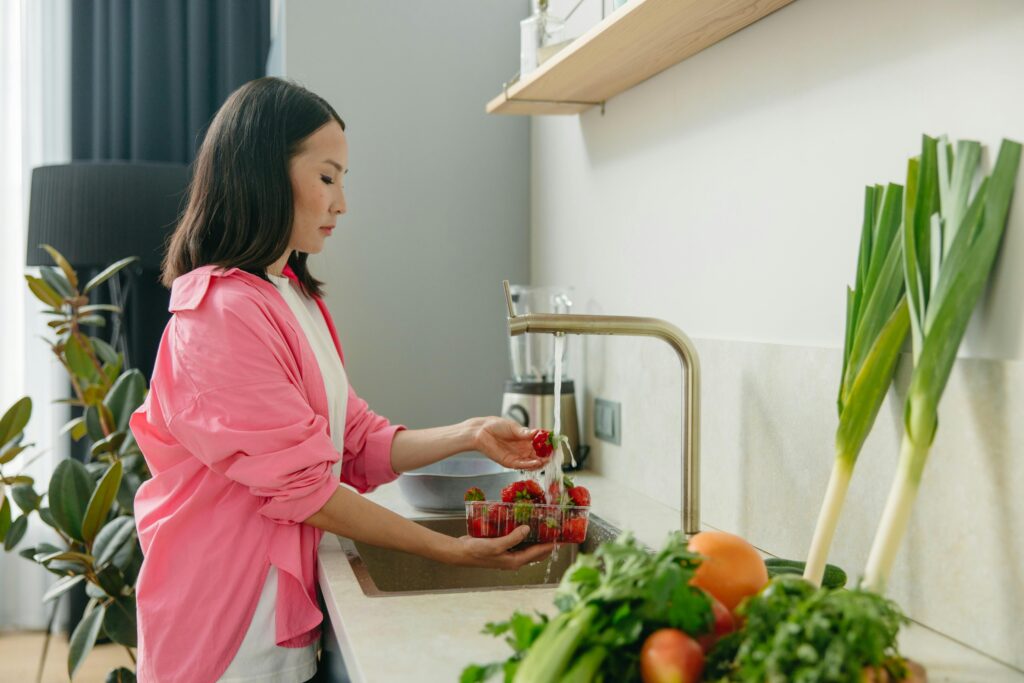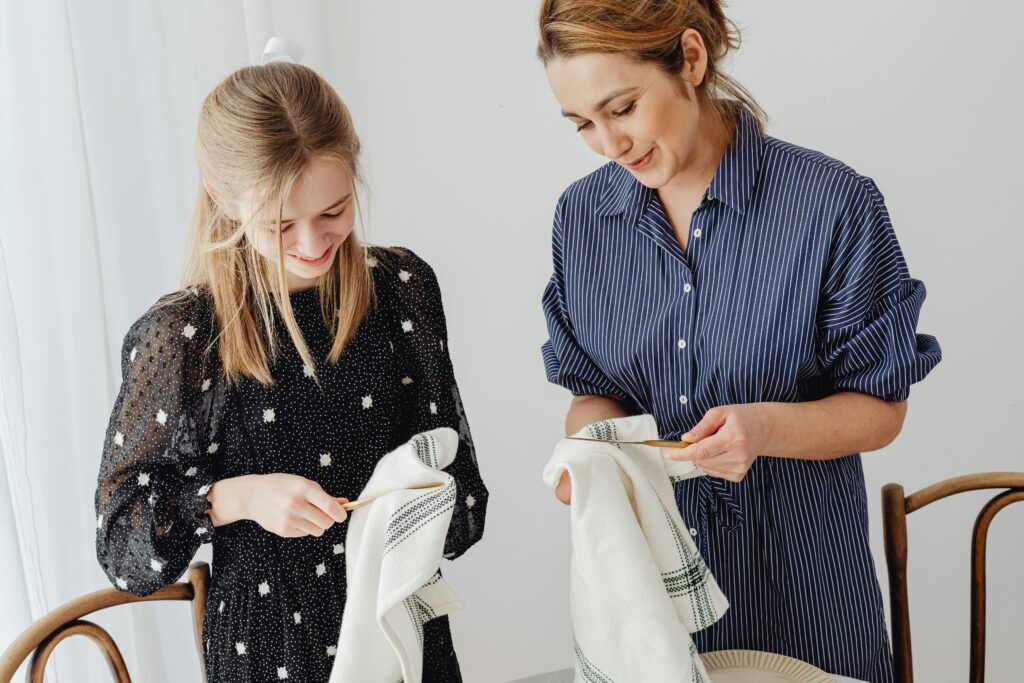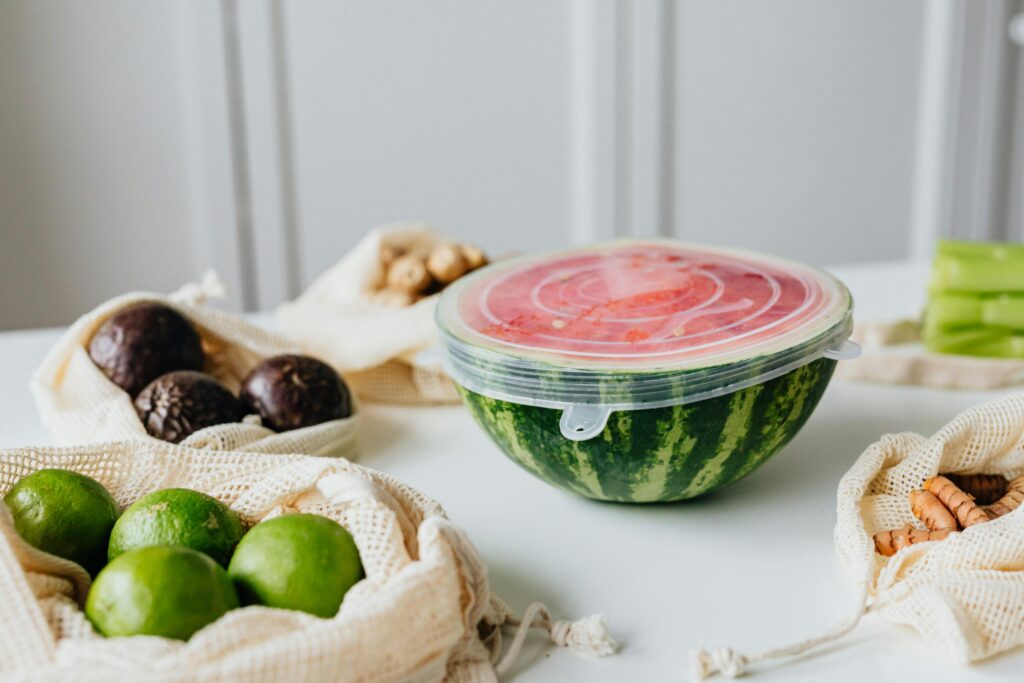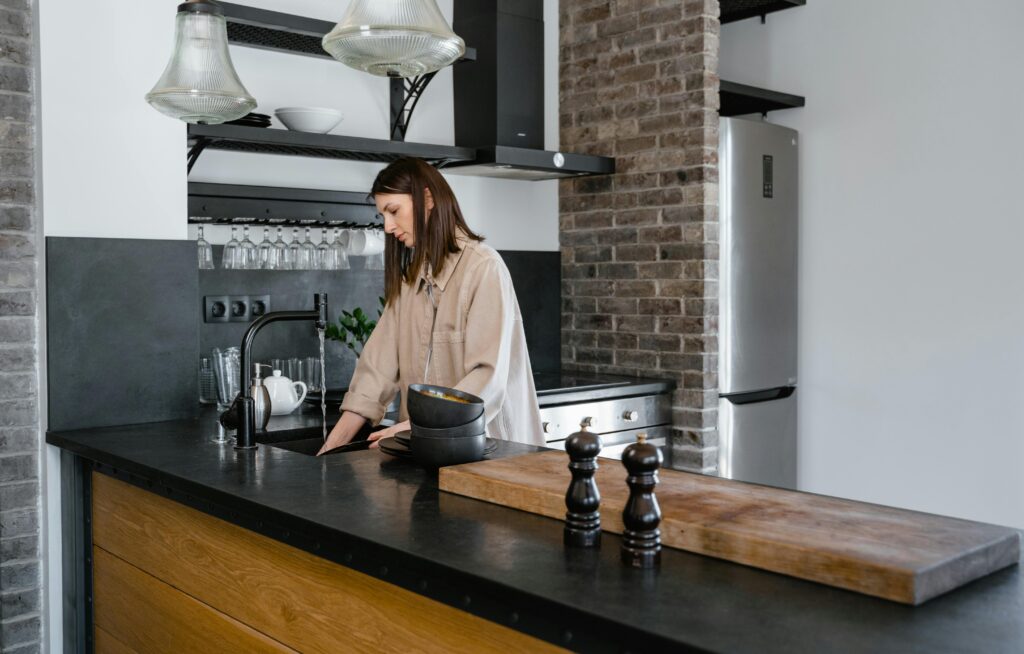Keeping your veggies fresh for a long time is smart because it saves money, reduces waste, and makes you eat better. It is important to know how to store vegetables correctly, whether you buy them every week or grow your own. We will talk about the best ways to store veggies at home to stay fresh, tasty, and good for you.

Why Proper Storage of Vegetables Is Important
Helps Reduce Food Waste
When vegetables are not kept properly, they go bad quickly. As a result, a large amount of food is wasted. When you store veggies properly, they last longer, so you can use everything you buy and waste less.
Saves Money on Groceries
When veggies stay fresh longer, you do not have to go to the store as often. You will save money because you will not always have to buy new food to replace the old food. Simple tips on how to store things can help you save money on groceries every month.
Helps make meals easier and healthier
You can make healthy meals anytime if you have fresh vegetables on hand. You will have more time to enjoy nutritious meals with your family and less time to clean out old food.
Storing Leafy Greens the Right Way
Use Paper Towels to Absorb Moisture
Dry paper towels should be used to store leafy veggies like spinach, lettuce, and kale. The towel soaks up the water, which keeps the leaves from getting soggy. Leave some space between the wraps and put the veggies in a plastic bag or other container.
Keep in the Fridge Crisper Drawer
The crisper box in your fridge is made to keep fresh food at the right humidity level. Putting your leafy greens here will keep them fresh for a few days.
Do not wash before putting away
When you wash fresh greens before putting them away, you add extra water, which can cause them to rot. They should be cleaned before you put them in a salad or a meal.
Best Way to Store Root Vegetables
Store in a Cool, Dark Place
Carrots, beets, radishes, and other root veggies stay fresh longer if you store them in a cool, dark place. It works well in a pantry, cellar, or cupboard. Make sure it is not in the sun.
Remove Green Tops Before Storing
The green, leafy tops of plants pull water from the roots. Before putting carrots or beets away, you should always cut off the tops. This keeps the roots fresh and strong.
Use a Cloth or Paper Bag
Root veggies should not be put in plastic bags. Use paper or cloth bags instead, which let air flow. Mold will not grow, and they will stay crisp.
Keeping Potatoes and Onions Fresh
Store in Separate Locations
Onions and potatoes both give off gases that speed up the rotting process. Keep them separate, especially in cool, dark places like pantry shelves or cabinets.
Avoid Refrigerating Potatoes
When potatoes are cold, they taste and feel different. Keep them at room temperature in a paper bag or basket that lets air move to keep them from sprouting.
Use Mesh Bags or Open Bins
Onions do better in containers that let air in. Mesh bags or boxes let air flow and keep water from building up, which can lead to mold or rot.
The Right Way to Store Tomatoes
Keep at Room Temperature
The tomatoes should not go in the fridge if they are not too ripe. When they get cold, they lose their taste and turn into mush. Put them on a shelf or table instead.
Store Stem Side Down
Putting tomatoes with the stem side down helps them keep their wetness and keeps them from going bad too quickly. Put them on a plate or pan so they cover each other.
Keep Away from Direct Sunlight
Too much sun makes things ripen faster. Store tomatoes somewhere that gets shade to keep them fresh and tasty for as long as possible.
How to Store Peppers, Cucumbers, and Zucchini
Use the Fridge for Peppers
Chilies and bell peppers stay fresh longer in the fridge. Store them in a produce bag or a plastic bag with holes to keep them from getting soggy.
Wrap Cucumbers in Paper Towels
Cucumbers and zucchini are very watery, so they go bad quickly. Before putting them in the fridge, please place them in a plastic bag after wrapping them in dry paper towels.
Store Separately from Fruits
Apples, oranges, and peppers should not be close to cucumbers or peppers. The ethylene gas that these fruits give off makes veggies ripen and go bad faster.
How to Store Broccoli, Cauliflower, and Cabbage
Keep in bags with holes in them
Cauliflower and broccoli need air to stay fresh. Please put them in perforated plastic bags in the fridge’s crisper drawer to avoid mold.
Don’t Wash Until Ready to Cook
Having too much water makes these vegetables die sooner. Keep them dry until you are ready to cook or eat them.
Use Within 5 Days
After 3 to 5 days, these vegetables are at their best. After that, they lose their crispness and might begin to smell bad.
How to Keep Corn, Mushrooms, and Herbs Fresh
Store Corn in Husks in the Fridge
It is best to keep the husks on when you put corn on the cob in the fridge. For the best taste, eat it within two to three days.
Use Paper Bags for Mushrooms
If mushrooms get too wet, they go bad very fast. Instead of storing them in plastic bags, put them in paper ones so they stay fresh inside the freezer.
Fresh Herbs in Water or Paper Towels
Cut off the roots of herbs like parsley, mint, and cilantro and store them in a jar of water. Kindly place them inside a plastic bag and close it. After that, please put them in the refrigerator after they have been wrapped in a damp paper towel.
Freezing Vegetables for Long Term Storage
Blanch Before Freezing
Before you freeze most veggies, you should blanch them. To do this, cook them briefly and cool them in ice water. It stops the enzymes that break down food.
Use Freezer Safe Bags
To store veggies in the freezer, use thick freezer bags or containers, not letting air in. Please put the date on them to keep track of how fresh they are.
Freeze small amounts at a time.
You can freeze vegetables in serving sizes that you use often. This keeps food from going to waste by letting you defrost only what you need.
Weekly Storage Habits That Make a Difference
Check the Fridge Often
Every week, set aside some time to look through your veggie drawer. Get rid of anything bad and clean out the storage bins or boxes.
Use Older Veggies First
“First in, first out” should be used. After you finish the new veggies, use the ones you bought first. This cuts down on waste.
Plan Meals Around Fresh Produce
Plan your meals for the week around which veggies must be used first. This saves time, reduces waste, and ensures good meals every day.
Conclusion
Learning the best ways to store veggies at home is easy and effective. Every kind of food, from leafy greens to root veggies and everything in between, must be stored in a certain way. With these tips, your veggies will stay fresh longer, you will save money, you will waste less food, and you will eat healthier every day. These weekly storage habits ensure your kitchen is always full of fresh, prepared foods.



